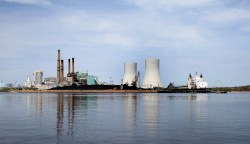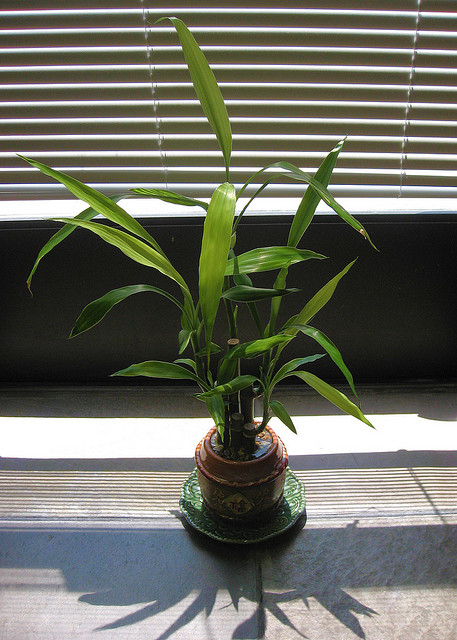
H.C. WilliamsThis coal power plant, Brayton Point, is shutting down in 2017.
For this coal-news update, we’ll get the depressing outlier out of the way first: One of the Midwest’s largest coal-burning plants is about to be fired back up following a two-year hiatus.
A filthy 900-megawatt generator in Minnesota was severely damaged in late 2011. But following $200 million in repairs, Xcel Energy says it should be up and running again within a week. From E&E Publishing:
Once at full power, Sherburne’s Unit 3, combined with two 750-megawatt coal burners, known as Units 1 and 2, should be able to produce 2,400 megawatts of electricity, according to Xcel.
The refired Unit 3 generator will also help burnish Sherco’s reputation as Minnesota’s largest point-source emitter of carbon dioxide, the primary greenhouse gas that scientists have linked to global climate change.
But the development is an unusual one in a world where coal is being slowly but surely kicked to the curb. This week, the private equity firm that just bought the coal-fired Brayton Point Power Station in Somerset, Mass., one of the biggest polluters in the region, announced it would shut down the facility in 2017. From the Providence Journal:
The New Jersey-based energy firm cited a host of issues in announcing its decision to close the plant, including low electricity prices because of the surplus of natural gas and the cost of meeting stricter environmental rules. The move comes just five weeks after it closed on the purchase of the facility from the Virginia-based energy conglomerate Dominion Resources.
The Sierra Club’s Beyond Coal campaign is cheering the news:
With [the] announcement that the Brayton Point Power Station in Massachusetts would retire by 2017, the campaign officially marked 150 coal plants that have announced plans to retire since 2010.
According to the Clean Air Task Force, retiring these 150 coal plants will help to save 4,000 lives every year, prevent 6,200 heart attacks every year and prevent 66,300 asthma attacks every year. Retiring these plants will also avoid $1.9 billion in health costs.
We’ll end this coal update with the sad news that coal miners continue to die on the job in America. The Wall Street Journal reports on three fatal mining accidents that occurred on three consecutive days. They happened while more than half of the federal Mine Safety and Health Administration staff is being furloughed by the government shutdown. “The fact that this occurred over the weekend, when there may be a greater expectation an MSHA inspector would not be present, is a red flag,” administration head Joseph Main told the newspaper.



